Types of Concrete Blocks
CivilJungle
JANUARY 20, 2022
Introduction of Concrete Blocks. Concrete blocks are widely known as Concrete Masonry Unit (CMU) This type of concrete blocks have some advantages with compare to brick and stone masonry blocks. This concrete blocks may be solid in shape or hollow. Also, read: What Is Concrete | 31 Different Types of Concrete.


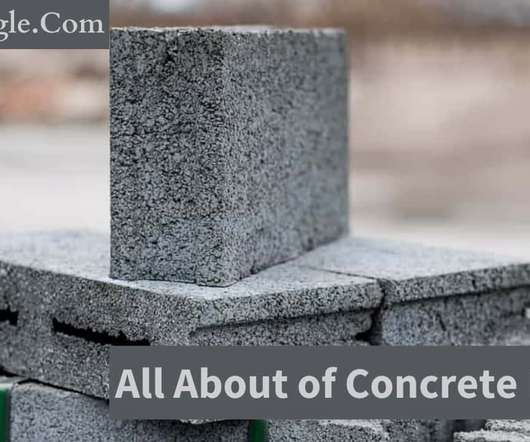


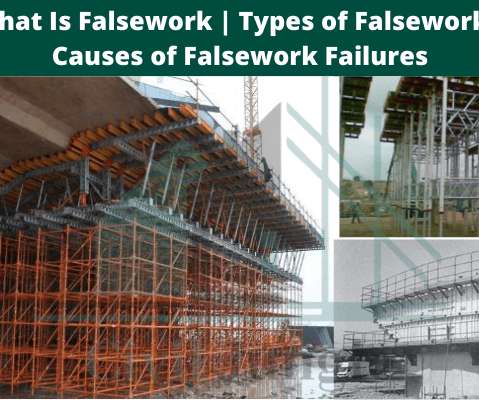
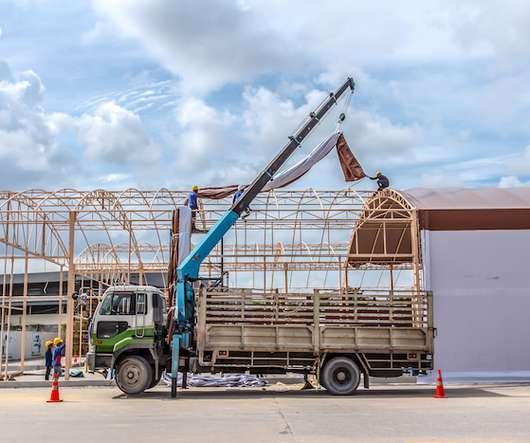
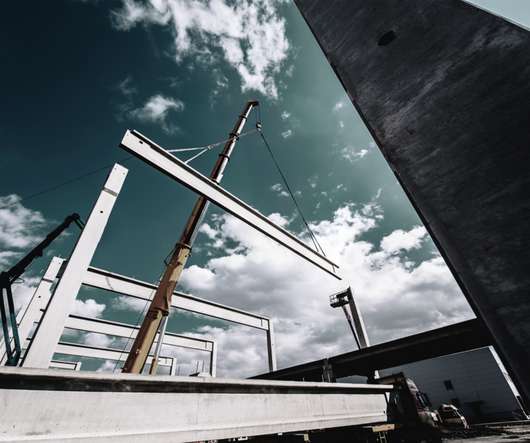

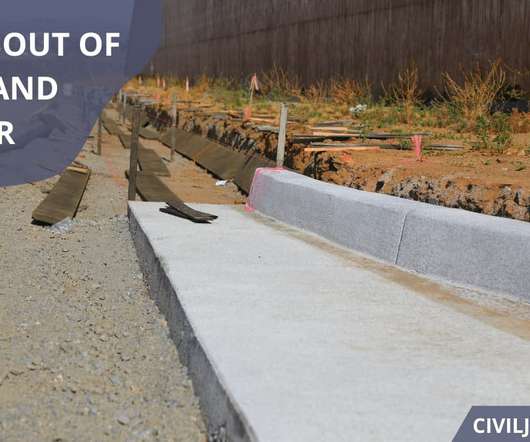

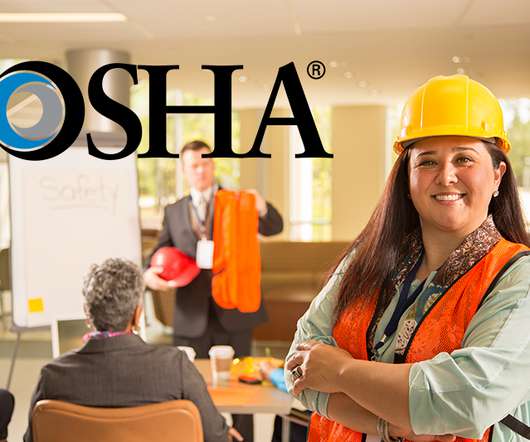


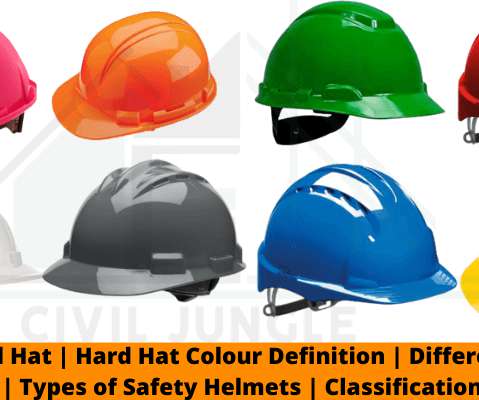


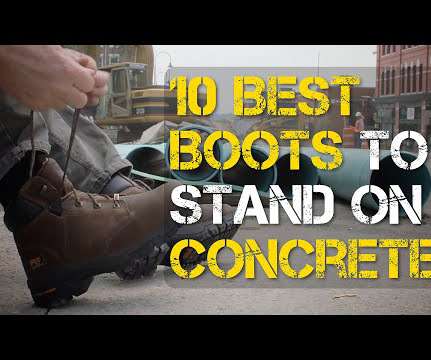

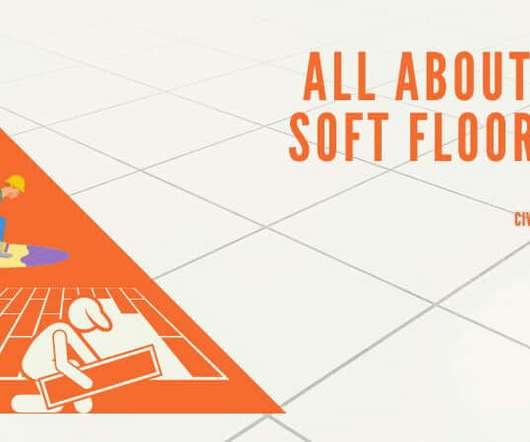








Let's personalize your content